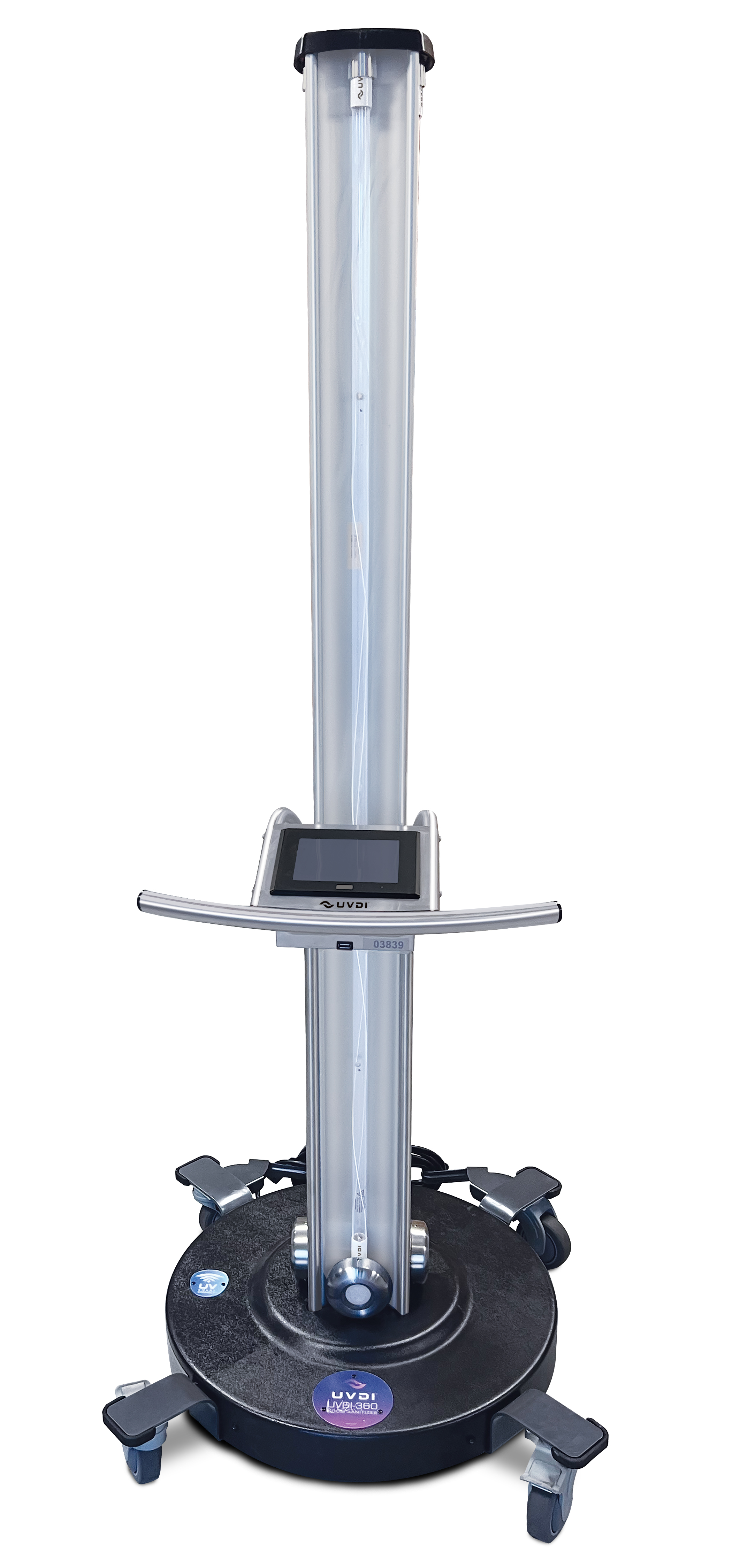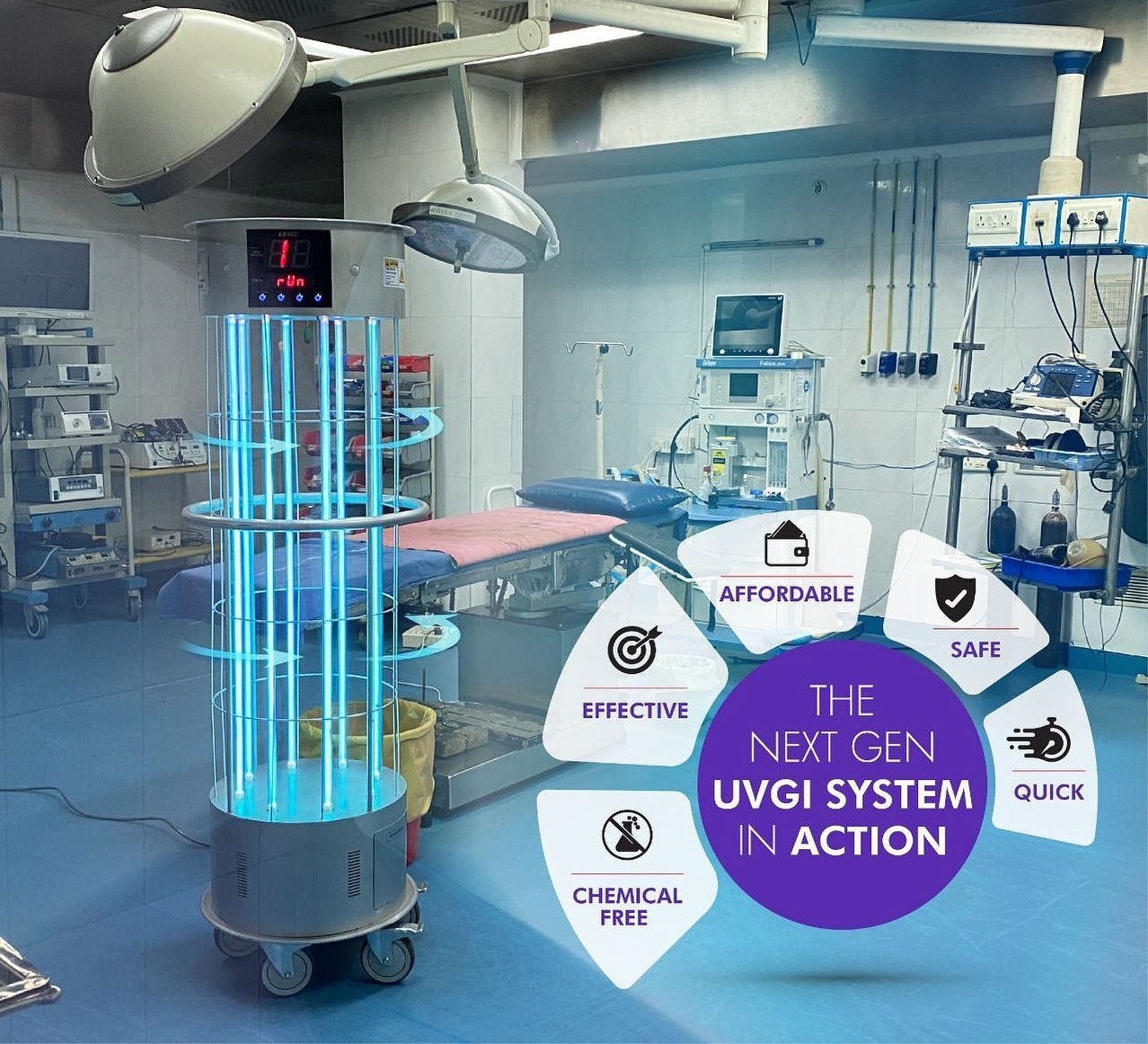Taking Advantage Of the Potential of UV Sanitation: Safeguarding Health and Health
UV disinfection, a modern technology extensively used in different markets, has actually proven effective in getting rid of unsafe pathogens. From understanding the systems at play to executing this modern technology in our daily lives, this discussion aims to shed light on the capacity of UV disinfection and its function in guarding our wellness and health.
Understanding UV Disinfection
UV disinfection is a highly effective and widely utilized technique for making certain and removing harmful pathogens health and hygiene. This technique utilizes ultraviolet (UV) light to inactivate microbes by harming their DNA and stopping them from reproducing. UV sanitation is specifically reliable versus germs, viruses, and other bacteria that can trigger diseases and infections.
The principle behind UV sanitation is easy yet effective. UV sanitation can be applied in numerous settings, consisting of water treatment plants, healthcare centers, food processing sectors, and air purification systems.
Among the advantages of UV sanitation is its capability to efficiently and successfully get rid of a wide variety of pathogens without the demand for chemicals or additives. Unlike various other disinfection techniques, such as chlorine or ozone, UV disinfection does not introduce hazardous byproducts or chemical residues right into the environment. Furthermore, UV sanitation is a non-contact process, which suggests that it does not need physical call with the microorganisms, minimizing the danger of cross-contamination.

The Scientific Research Behind UV Disinfection
The efficiency of UV sanitation exists in its capacity to interrupt the hereditary product of bacteria, rendering them not able to reproduce and consequently removing their damaging possibility. This high-energy UV-C radiation is most reliable in sanitation applications because it can penetrate the cell wall surfaces of microorganisms and damage their DNA or RNA.
When bacteria are subjected to UV-C radiation, the power is absorbed by their genetic material, triggering bonds to damage and developing chemical responses that interrupt their capacity to replicate. This stops the bacteria from spreading and replicating infection. UV sanitation is especially efficient against infections, germs, and fungi, including usual virus such as Escherichia coli, Salmonella, and Influenza.
The science behind UV sanitation is supported by comprehensive research and researches. It has been shown that direct exposure to an adequate dosage of UV-C radiation can attain a high level of sanitation, commonly surpassing 99.9% efficacy in eliminating microorganisms. Nonetheless, it is necessary to note that the performance of UV disinfection relies on different factors, consisting of the intensity of UV-C radiation, direct exposure time, distance from the UV resource, and the sensitivity of the microorganism to UV radiation.
Applications of UV Sanitation
Given the substantial study and effectiveness of UV sanitation in disrupting the genetic product of microorganisms, it is crucial to explore the different sensible applications of this technology. UV disinfection has actually proven to be an important device in a large range of sectors where keeping a clean and risk-free environment is vital.
One significant application of UV sanitation is in health care setups. UV light can be made use of to disinfect surfaces, devices, and also the air in medical facilities and clinical centers. This aids to reduce the risk of healthcare-associated infections and makes sure a more secure setting for patients and healthcare workers.
Another essential application is in the food and beverage market. UV sanitation is utilized to deal with water and remove harmful pathogens, such as E. coli and Salmonella, from the production process. uv surface disinfection. This guarantees the security and high quality of the items we take in
UV sanitation is additionally widely used in water treatment plants and wastewater treatment facilities. It is an effective method for destroying hazardous bacteria, viruses, and bloodsuckers that can be existing in water resources. This click reference assists to offer secure and clean drinking water to communities and shield the setting from air pollution.
In addition, UV sanitation is utilized in the pharmaceutical industry to sterilize tools and keep the stability of products. It is also made use of in research laboratories and research study facilities to avoid contamination and make certain exact results.
Advantages of UV Sanitation Innovation
One noteworthy benefit of employing UV sanitation innovation is its capability to effectively eradicate microbes without using severe chemicals. This is particularly useful in different settings, such as medical care facilities, water treatment plants, and food handling sectors, where the existence of harmful virus presents a significant threat to public health and wellness and safety.
Unlike traditional sanitation approaches that count on chemicals like chlorine or ozone, UV disinfection modern technology utilizes ultraviolet light to target and damage the DNA of microorganisms, properly neutralizing their capacity to replicate and cause infections. This process not just removes the demand for potentially unsafe chemicals however additionally decreases the threat of chemical residue or by-products continuing to be in the treated setting.

Moreover, UV sanitation technology is environmentally friendly. As it does not count on making use of chemicals, it removes the need for their disposal, manufacturing, and transport, reducing the overall carbon footprint connected with disinfection processes. Furthermore, UV disinfection systems have a longer life expectancy compared to chemical-based techniques, leading to less frequent replacement and further minimizing waste.
Applying UV Disinfection in Life
To efficiently carry out UV disinfection in everyday life, organizations and individuals can incorporate portable UV disinfecting devices right into their health regimens and cleaning up methods. These tools are designed to give off ultraviolet light, which has been proven to eliminate or inactivate a vast array of bacteria, consisting of bacteria, viruses, and fungis. By utilizing mobile UV sterilizing devices, people can disinfect commonly touched things and surfaces, such as cellular phone, secrets, laptop computers, and doorknobs, decreasing the threat of spreading bacteria and infections.
Along with including portable UV disinfecting devices, it is very important to follow correct guidelines and referrals for effective UV sanitation. This consists of making sure that the gadget is used properly and for the recommended period to attain ideal disinfection results. It is additionally vital to prioritize precaution, such as using protective glasses and staying clear of direct exposure of the UV published here light to the skin.

In addition, companies can execute UV disinfection modern technology in numerous settings to enhance health methods. Health centers and medical care facilities can make use of UV sanitation robots to disinfect individual rooms, running movie theaters, and other high-touch locations. Food processing sectors can integrate UV sanitation systems into their assembly line to enhance food safety and security and avoid contamination.
Conclusion
To conclude, UV disinfection technology holds wonderful prospective in guarding health and wellness and health. By utilizing the power of ultraviolet light, it successfully eliminates dangerous microorganisms and minimizes the threat of infections. This technology can be used in numerous settings, such as healthcare facilities, water therapy facilities, and public areas, giving a see this site reliable and safe method of sanitation. With its countless advantages, UV disinfection is a useful device for maintaining a clean and healthy and balanced environment.
Unlike various other disinfection methods, such as chlorine or ozone, UV sanitation does not present dangerous by-products or chemical residues into the atmosphere. It is vital to keep in mind that the effectiveness of UV disinfection depends on various elements, including the strength of UV-C radiation, direct exposure time, range from the UV resource, and the sensitivity of the microbe to UV radiation.
Another advantage of UV sanitation modern technology is its capacity to offer fast and constant disinfection. Unlike handbook cleaning approaches, which can be lengthy and call for substantial labor, UV disinfection systems can be automated and run continuously, ensuring consistent disinfection without human treatment.To successfully carry out UV sanitation in everyday life, companies and people can integrate portable UV sterilizing tools into their health routines and cleansing techniques.